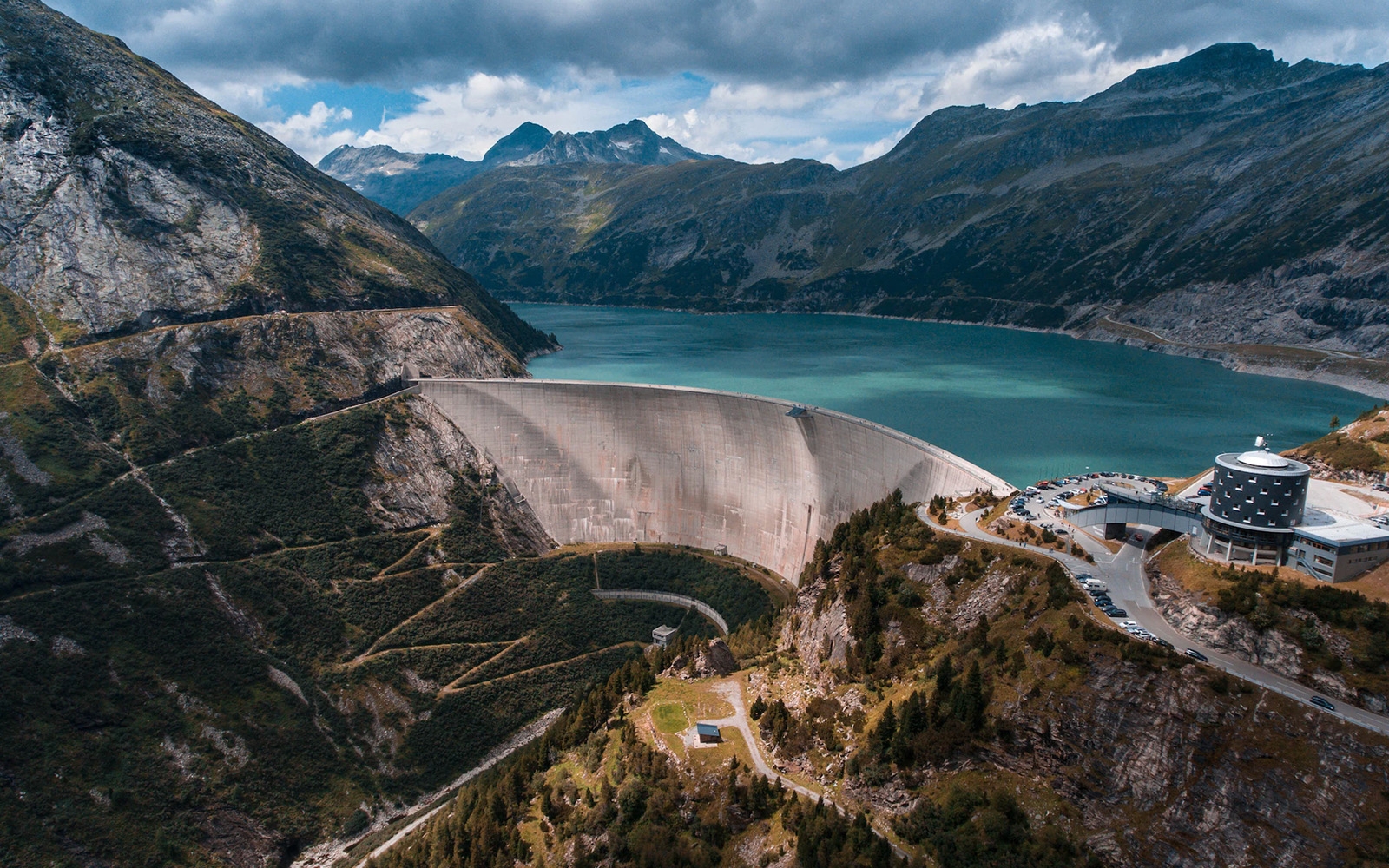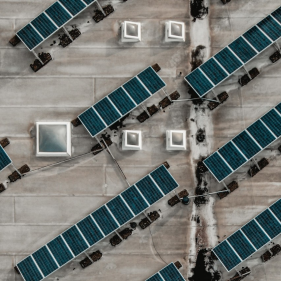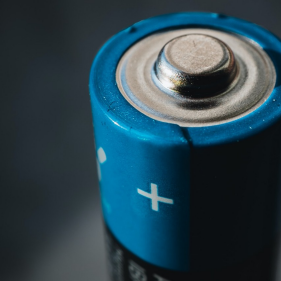Decarbonizing energy systems is essential for achieving net zero. Electricity generation, heat production, and additional emissions from the energy sector accounted for 31% of global greenhouse gas emissions in 2020, highlighting how substantial investments in low-carbon generation are needed to prevent further increases in global temperatures.
Climate change is posing unprecedented challenges to energy systems, as infrastructure is often not designed to withstand more frequent and intense weather extremes. Marsh McLennan’s Flood Risk Index, for example, shows that 23% of the world’s power generation capacity is currently threatened by flooding, with this share expected to increase to 37%, 41%, and 48% under the 1.5 °C, 2 °C, and 3.5 °C temperature increase scenarios.
A changing climate will amplify the vulnerability of energy systems in many countries – particularly those that depend on hydropower and that are exposed to drought and heatwave risks. Greenhouse gas emissions are disrupting our planet’s water cycle, causing water scarcity while also triggering more intense rainfall events that can overwhelm reservoir structures. By 2050, 61% of hydropower dams globally will be at risk of droughts and flooding, with potentially profound impacts on energy security and availability.
Hydropower is the world’s largest source of renewable energy, accounting for about 60% of renewable generation and 16% of total electricity production. In 2020, 24 countries generated more than 50% of their electricity needs from hydropower. China is the world leader for installed capacity with over 390 GW – more than three times the next largest country, Brazil – and accounted for around 80% of new capacity installed in 2021. Hydropower has also become an important source of electricity in Africa, accounting for about 17% of the continent’s total energy generation. The share of hydropower in electricity generation currently exceeds 80% in some countries, such as the Democratic Republic of Congo, Ethiopia, Malawi, Mozambique, Uganda, and Zambia.
Hydroelectricity plays a particularly critical role in the transition to net zero and its flexibility is particularly important for grid stability, as electricity can be stored and then quickly supplied in response to demand surges to help avoid blackouts. Its infrastructure, however, is particularly exposed to worsening climate impacts.
Impacts will vary by region but are expected to affect most major economies. Several studies, for example, indicate a growing risk of water scarcity across many key river basins in the United States, with negative effects on hydropower generation. Recent events show that the threat of drought is already increasing due to climate change: The extremely dry conditions that impacted large stretches of Europe in summer 2022 were made more likely by rising temperatures. This event occurred in the midst of an energy crisis caused by decreasing imports of Russian natural gas, and led to further disruption to European energy systems by significantly decreasing the continent’s total hydropower generation. Hydroelectricity output in France and Italy dropped by about 30% and more than 50%, respectively. Meanwhile, a lack of rainfall pushed electricity prices in Norway to record highs and led to announcements of possible cuts in energy exports. During the same period, extreme heat and dry conditions in China led to a hydropower generation deficit in Sichuan, temporarily increasing its reliance on coal.
Similar effects will also be felt in developing countries. Many African counties are particularly vulnerable to droughts, with potential consequences on hydropower production: IEA research on African hydropower has shown that climate change will lead to a considerable decrease in energy generation in Morocco, Zambia, Zimbabwe, the Democratic Republic of Congo, and Mozambique, while shifting rainfall patterns may increase generation potential in Nile basin countries such as Egypt, Sudan, and Kenya.
Future climate impacts will need to be accounted for in the planning and development of new hydroelectricity capacity. The United States Infrastructure Bill approved in 2021 committed over $900 million in funding for new investments in hydropower and prescribed that new plants will need to be designed to withstand changing climate conditions. Climate impacts may complicate hydropower project financing, with large upfront investments usually requiring many years for amortization.
In order to prepare, countries need to assess climate vulnerabilities of their energy systems, and plan accordingly to bolster their resilience. As climate risks rapidly increase across the globe, sustainable water management will become increasingly important.
Some countries have started to reduce their dependency on hydropower by switching to other renewables, such as solar, wind, and tidal, which are all less susceptible to water scarcity. Uruguay dropped its share of hydropower by 47% since 2010, and increased its wind share of electricity generation from less than 1% to around 30% today, whilst also growing total power generation by 50%. This has allowed the country to reduce reliance on hydropower while increasing the overall resilience of its energy system. Kenya has also managed to reduce its dependence on hydropower while meeting its energy needs by doubling its geothermal capacity in the last decade.
An edited version of this perspective will be featured in the World Energy Trilemma Index 2022 report, prepared by the World Energy Council in collaboration with Oliver Wyman.




